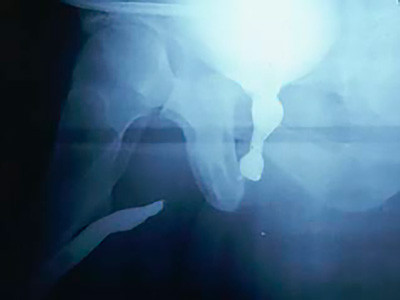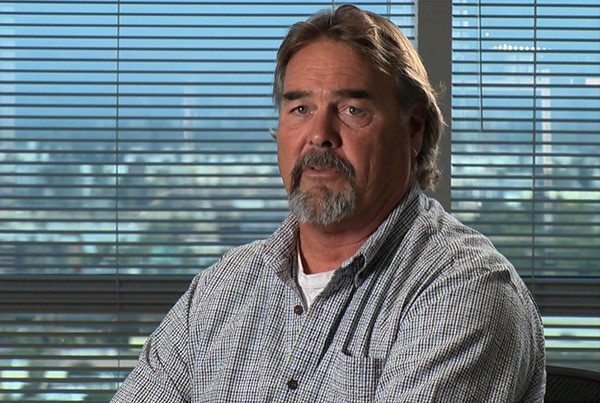Recurrent Urethral Strictures
Home > Urethral Stricture > Recurrent Urethral Strictures

The most likely cause of the repeated failure to repair the urethra was a lack of proximal exposure and incomplete removal of scarring around the damaged area. This is not uncommon wjen this surgery is performed by inexperienced surgeons, as their lack of expertise can lead to technical complications. We were able to successfully perform a complicated re-do re-do repair with complete scar excision, and the boy is now able to urinate normally.

The buccal mucosa is then added along the undersurface of the penis to create a new strip of the urethra. The penile skin is then used to help complete the repair as the new urethra is tubularized. Our experience and success with this technique published in the Journal of Urology.


Penile skin was not available, but even if it was, it has been reported that using tissues to reconstruct the entire circumference of the urethra generally leads to poor outcomes. One option to overcome this obstacle would have been using a two-stage repair process. However, through some ingenuity by Dr. Gelman, this patient’s urethra was instead reconstructed in one surgery using a new and innovative technique.
The first step was to make an incision under the scrotum. This incision, called a perineal incision, exposed the obliterated urethra. The next step was to rotate and cut open the structure that surrounds the urethra, called the corpus spongiosum. Then, we extended the incision all the way into the healthy normal urethra at both ends of the obliterative stricture, as shown below.

Buccal mucosa was then quilted to the corpus spongiosum to reconstruct a portion of the urethra (ventral portion), as shown below. Then a second graft was quilted to the undersurface of the penis, as previously described by Barbagli, to successfully patch and enlarge a narrow urethra. These two seperate grafts were then connected to form a tube.

A retrograde urethrogram taken three years following the successful surgery revealed no deterioration and a urethra with no signs of narrowing or closing. An 18-year follow-up evaluation revealed that this patient has not had a recurrent stricture and remains asymptomatic.
RUG After Repair

Inspired by the success of this new technique, Dr. Gelman has subsequently expanded the use of this technique and published his results in the journal Urology. This innovative new technique is now called the “double faced buccal graft” and this surgery has been adopted world wide as the preferred approach to strictures that include obliterated or nearly obliterated segments.
The approach to repair recurrent long strictures is individualized based on several different factors. Some of the factors that determine which approach will work best include the exact location and length of the stricture, whether there are multiple strictures, the availability of excess penile skin, as well as the integrity of the tissues surrounding the urethra.






